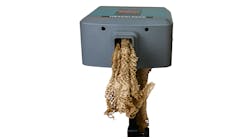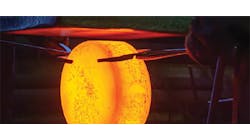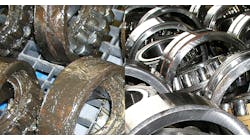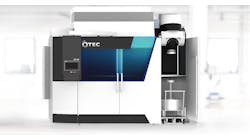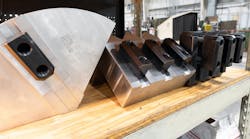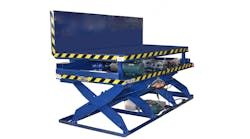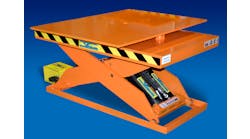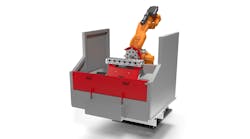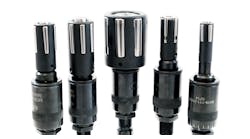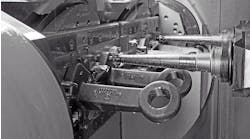Honda Canada Inc. reports it will be introducing a 2006 Civic Hybrid model this fall, featuring the "New Honda Hybrid System" for better engine performance and increased fuel economy than the current powertrain. Honda dealers in Canada will carry the Civic Hybrid later this year.
The New Honda Hybrid system involves a three-stage i-VTEC (intelligent variable valve timing and lift electronic control) engine that offers three stages of valve timing (low rpm, high rpm and cylinder idle mode) and a more compact and efficient Honda Integrated Motor Assist system.
The i-VTEC engine employs three hydraulic pathways to couple and uncouple five rocker-arm assemblies, providing three stages of valve control depending on the driving conditions to achieve a combination of responsive driving and fuel economy. During deceleration, when the cylinders are idle, combustion in all four cylinders is halted and the cylinders are sealed shut, reducing pumping losses caused by engine aspiration for a 10 per cent improvement in recovery of braking energy compared to the current model.
Honda reports it has achieved friction reductions, too, including using aluminum diecast pistons for low thermal expansion to lessen friction under high-temperature conditions, ion-plated piston rings, and cylinder wall plateau-honing for a smoother surface.
Honda's independently developed electric motor employs coils with high-density windings and high-performance magnets to attain output 1.5 times that of the current model while maintaining the same size. The inverter used to control motor speed - also independently developed and manufactured by Honda - is integrated with the motor's electronic control unit (ECU) for more precise digital control, contributing to even greater motor efficiency and fuel economy. Battery output has been increased by around 30 per cent over the current model, while a more compact, custom-designed battery storage box offers increased cooling performance and vibration resistance for enhanced long-term reliability.
Dynamic, regenerative hydraulic braking controls the brakes according to the amount of brake regeneration, to maximize braking regeneration and smooth deceleration in conformance to brake-pedal pressure.
